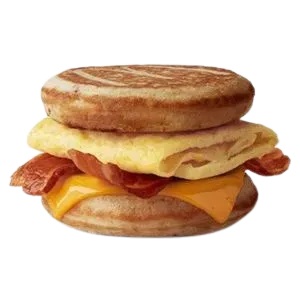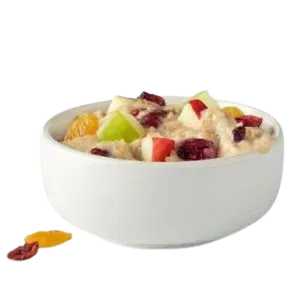Big Breakfast Menu Price & Calories Nutrition 2024

Big Breakfast
There’s something irresistible about a big breakfast. It’s hearty, satisfying, and often a great way to kickstart your day. But have you ever wondered how much you’re paying for that morning feast or how many calories you’re consuming? Understanding the price and calorie content of a big breakfast can help you make more informed choices and still enjoy your favorite meal without overindulging.
Ingredients
Allergens
Nutritional Report
| Nutrients | Per Portion | Percentage Daily Value |
| Sodium (Na) | 1530 mg | 67 % |
| Dietary Fiber | 3g | 12 % |
| Added Sugars | 1g | 2 % |
| Total Sugars | 3g | Nil |
| Potassium (K) | 560mg | 10 % |
| Calcium (Ca) | 140mg | 10 % |
| Trans Saturated Fats | 0g | Nil |
| Saturated Fats | 18g | 90 % |
| Iron (Fe) | 4.5mg | 25 % |
| Cholesterol | 485mg | 161 % |
| Vitamin D | 2mcg | 15 % |
Review
A big breakfast typically includes a variety of items that are both delicious and filling. Common components are eggs, bacon or sausage, hash browns, pancakes, waffles, toast, and sometimes a side of fruit. However, the specific items can vary greatly depending on where you are. For example, an American big breakfast might differ from an English or Australian one. Read More information: Chicken McNuggets Price.
Comparing Calories Across Different Breakfast Options
- Homemade vs. Restaurant: Homemade breakfasts generally have fewer calories because you can control the ingredients and portion sizes.
- Health-Conscious Variations: Opting for whole-grain toast, turkey bacon, or egg whites can significantly reduce calorie intake. People also like: Coca-Cola Nutrition, Price
Health Considerations
It’s essential to consider your overall daily calorie intake. The average adult needs about 2000-2500 calories per day. A big breakfast can easily take up a significant portion of that. Regularly consuming high-calorie breakfasts can lead to weight gain and other health issues.
Tips for Enjoying a Big Breakfast Without Overindulging
- Portion Control: Share your breakfast or save half for later.
- Healthier Alternatives: Substitute ingredients like using avocado instead of butter or lean meats over fatty ones.
- Balancing with Other Meals: If you have a big breakfast, opt for lighter meals for lunch and dinner.
Frequently Asked Questions
Conclusion
A big breakfast can be a delightful way to start the day, but it’s important to be mindful of both the cost and calorie content. By understanding the typical components and their nutritional impact, you can make more informed choices and still indulge in a satisfying meal. Whether you opt for a homemade version or a restaurant experience, balancing your big breakfast with the rest of your daily intake is key to maintaining a healthy diet.






